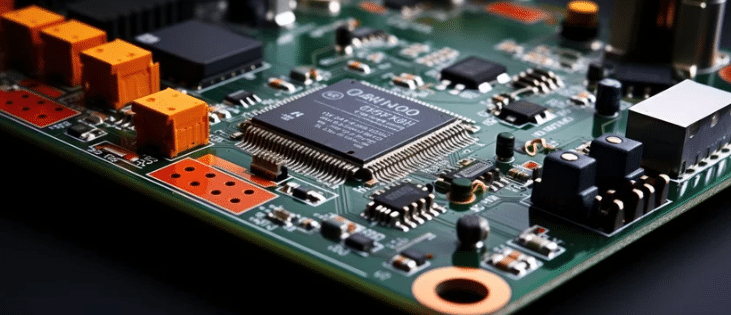For OEMs building off-highway machines—whether in agriculture, construction, mining, or materials handling—there’s a quiet transformation underway. These vehicles are getting smarter, more connected, and more complex by the year.
But for engineering teams, that shift brings a real set of challenges: rising expectations for uptime, demand for remote diagnostics, tighter regulatory frameworks, and pressure to launch faster with fewer resources. It’s a lot to juggle.
Digitalization offers a way forward—but it needs to be more than a buzzword. Done right, it can unlock real business value. Done wrong, it just adds complexity.
It starts with software. Not sensors.
It’s easy to equate digitalization with “adding more sensors.” But collecting data is just the first step. What matters is how that data moves, how it’s used, and how it’s secured.
That’s where software comes in. A well-architected software stack ties everything together—from low-level firmware and operating systems, through communication protocols like CAN and cellular, all the way up to telematics and analytics platforms. It’s what enables real-time diagnostics, edge processing, and over-the-air updates.
The goal? Get the right data, to the right place, fast—and build an architecture flexible enough to evolve with your fleet.
Modularity isn’t just good design. It’s survival.
Most off-highway product lines aren’t static. They evolve with new features, updated components, and regional regulations. Trying to keep up with all of that using monolithic software just doesn’t scale.
Modular software design makes it easier to adapt. It helps teams share code across machines, onboard new suppliers, and add or update features without breaking everything else. And when it’s paired with a strong platforming strategy, it shortens time to market too.
For teams under pressure to innovate fast without starting from scratch every time, that’s a game-changer.
Edge intelligence makes your data work harder
Let’s face it—off-highway environments don’t always offer great connectivity. That makes cloud-first strategies risky when what you really need is uptime.
More teams are turning to edge processing to keep things running smoothly.
Whether it’s monitoring temperature thresholds, logging fault codes, or enabling predictive
maintenance, processing data directly on the vehicle gives you speed, resilience, and reliability.
It also opens the door to features like smart automation or remote support—without relying on a constant connection.
Security: baked in, not bolted on
As machines get more connected, the attack surface gets wider. And in safety-critical environments, that’s not something you want to overlook.
Security has to be part of the architecture from day one. That means thinking through how
OTA updates are delivered, how systems authenticate devices and users, and how you’ll handle patching over the long term.
For many OEMs, aligning with standards like ISO/SAE 21434 or IEC 62443 is part of the plan. But beyond compliance, it’s about protecting the product—and your reputation.
So, what’s the strategy?
There’s no one-size-fits-all answer. But the best results tend to come from teams that:
• Take a platform approach to software
• Prioritize modularity and maintainability
• Push real-time capabilities to the edge
• Build in security from the start
Digitalization doesn’t need to be disruptive. With the right architecture and
partners, it can accelerate what you’re already doing—and make your machines ready for whatever comes next.
Curious how others are doing it?
If you’re rethinking your software platform or just starting to explore OTA, diagnostics, or smarter connectivity, we’d be happy to share what’s worked (and what hasn’t) from other off-highway projects we’ve supported.



